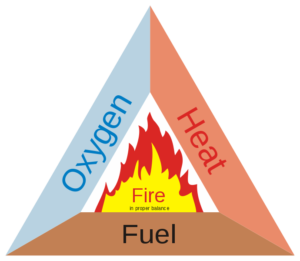October 22, 2020
One of the inevitable issues that arise when talking about separation between buildings is what to do if your current separation isn’t far enough. If your buildings are closer together than the recommended guidelines, the only option is to manage the fire risk based on the farm’s current layout. The best bet is to focus on heat and fuel to avoid fires at all costs. With the complexities and expense of new cage-free construction, tightening up on these practices and others are more important than ever.
to manage the fire risk based on the farm’s current layout. The best bet is to focus on heat and fuel to avoid fires at all costs. With the complexities and expense of new cage-free construction, tightening up on these practices and others are more important than ever.
The first step is to isolate each potential source of heat. Electrical panels, fans and motors, plus spontaneous combustion from manure or feed, can cause devastating fires. Add an errantly tossed cigarette or an unattended welding project, and you have other possible combustion sources.
The second step is to create and implement best housekeeping practices. Keep fan motors and electricals clean of debris. Perform infrared scans on motors and panels while they are under load. Create and enforce clear guidelines on smoking, hot works, and lithium battery storage. Plus, manage manure to avoid hot spot build-up.
Electrical Rooms - How can you reduce the ignition possibilities around your electrical panels and enclosures? Use flame-retardant coating on frame and plywood electrical rooms and create as much separation as possible between the electrical panels and the layer barn.
Belts - Fire retardant egg and manure belts can help reduce the risk of fire spread.
Manure and feed - Management, inspection, and housekeeping will help keep these sources at bay.
Construction Modification - In addition to isolating and addressing sources of heat and fuel, you can also review the barn layouts for opportunities to create better fire barriers. Make sure to maintain the separation between egg corridors through layers of fire-retardant sheetrock, even if retrofitting is necessary. Use automatically closing fire doors where needed and keep fire doors closed in egg corridors. Always discuss your construction plans with an insurance agent or insurer.

The Palomar UEP Team is available to help you with questions.
Email uep@palomarins.com.
For video, photos and other resources, view Resources.
For media inquiries or
interview requests, contact Hinda Mitchell.